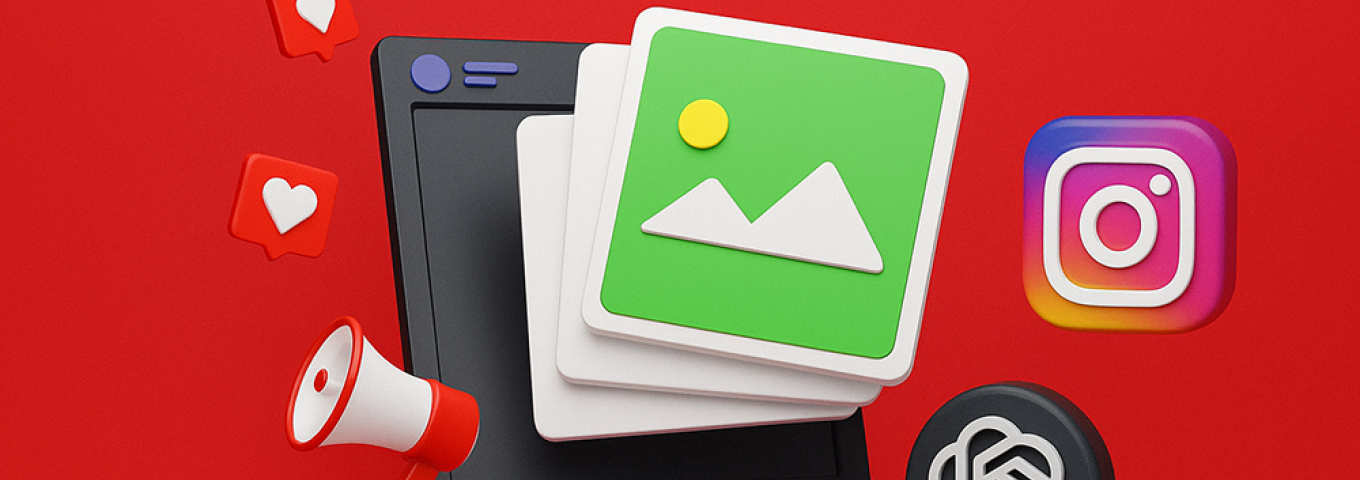Content

In October 2023, Google announced a new type of ad campaign known as Demand Generation. It is an AI-based ad alternative that empowers digital advertisers with advanced features.
While the goal of an ad campaign is to introduce users to the brand through creative ads on the social platforms with the highest interaction, Demand Gen entails advanced visuals and supports placements in three YouTube locations.
In this article, Promodo experts reveal the core features and benefits of the new ad campaign type and share a bit of advice on how to set up Demand Generation in Google Ads.
Demand Generation is among the digital marketing strategies aimed at increasing user knowledge about your brand and heating interest among your potential consumers who are not yet aware of your product. Therefore, Demand Gen comes as a new type of ad campaign to help businesses get in touch with a cold audience.
In this pursuit, Google has explored the following:
🔴 1 out of 3 customers claim they have bought products in Google feeds that they hadn't originally planned to buy.
🔴 63% of customers find out about new products or brands in Google feeds, while 91% are looking for additional information.
Google introduced Demand Gen to replace Google Ads Discovery, which offered digital advertisers fewer options.
While Demand Gen presents a huge interest, this ad campaign type is still raw. Among the pros is utter flexibility compared to Discovery. However, deploying Demand Gen as a sales tool requires a solid marketing budget for testing. That’s why your priority is to spot which ad formats and devices will work best for your audience. Yevhen Kolotylo, Senior PPC Expert at Promodo.

Since Demand Gen aims to find potential customers, Google suggests demand generation best practices like using popular placements: YouTube, Google Discover, and Gmail.
You may place Demand Gen ads on three platforms:
🔴 YouTube (feed, shorts, in-stream);
🔴 Gmail (ads in the form of emails);
🔴 Google Discover (Google news feed).
Unlike Discovery ads, Demand Generation campaigns allow you to combine graphic ads with video ads. Advertisers also preview their creatives on various placements and conduct A/B tests to optimize ad campaign performance.
Demand Generation enables crafting ad campaigns with various types of creatives:
🔴 Single image ads
🔴 Carousel ad
🔴 Video ads
🔴 Product ads.
Google imposes its requirements for each ad format, including images, the number of characters allowed in the description, video length, etc. There are also location-based restrictions for each type of ad creative. In particular, single-image ads are not supported on YouTube in-stream, while video ads are not available on Gmail.
Since Demand Gen campaigns are aimed at introducing a brand to a cold audience, setting up a lookalike audience segment is strategically important. It allows specifying the level of engagement of a new audience whose behavior is similar to the behavioral patterns of one’s original customers.
Google Ads offers advertisers three types of similar audience settings: narrow (up to 2.5% of original users), balanced (up to 5%), and wide (up to 10%).
Demand Generation campaigns allow deploying product feeds directly from the Google Merchant Center. This ad format applies banners with an image or video placed below the product card and product ads.
To make your ads display feeds, you need to click on "Launch a campaign with product feeds.” Once at the Google Merchant Center, make sure that the "included campaigns" attribute is set to "product ads".
In Discovery Ads, Google provides three reporting options:
🔴 Standard Google Ads Report
🔴 Asset Report
🔴 Unique Reach Report.
In its turn, Demand Gen provides a set of new options, including:
🔴 Path to conversion report
🔴 Data-driven attribution
🔴 Brand lift
🔴 Conversion.
These newly introduced features empower advertisers with way more substantial data about campaign performance.

In Google Ads account, click on the "New campaign" button on the "Overview" or "Campaigns" page.
Next, select a campaign goal - Sales, Website Traffic, or Create campaign without goal prompts option. Further, select the type of campaign: "creating demand".
If you are using product feeds from the Google Merchant Center, click: "Start a campaign with product feed," then switch and select the account to which the feed is linked. You should select this function right away while this setting cannot be changed after the publication.
Google offers three types of ads for this format:
🔴 Image with a feed
🔴 Video with a feed
🔴 Product cards in the feed.
With AI facilitation, Google selects the most successful creatives for each placement depending on the format.
First, select the basic settings: campaign name, budget, bids, and schedule (when your campaign will be active).
Choose the campaign goal from the three options presented:
🔴 Conversions
🔴 Clicks
🔴 Cost per conversion (CPC).
Configure device settings - choose between two options:
1. Show ads on all eligible devices
2. Set up selective device targeting.
You can target computers, mobile phones, tablets, or TVs. We advise digging deeper into how ad formats differ on various devices.
If you are using third-party ad analytics software, you’ll need to add URL tracking to receive data from the campaign.
You can optionally configure the Location and Language settings at the campaign level.
For Demand Gen campaigns you can set the bid type called "Maximum number of clicks", which was not available in Google Discovery.

3. Customizing your AudienceWhen setting up the target audience, you can enter your data or choose it from the available options. Additionally, Google Ads offers:
🔴 Special segments
🔴 Interests
🔴 Detailed demographic data
🔴 Exclusions.
A special segment is created based on the audience’s interests. In the advanced settings, you can enter the addresses of websites and applications browsed and used by your prospects.
Custom data involves pre-built audience lists.
A lookalike audience makes a special segment available in the Demand Generation campaigns. For this objective, you need first-party data as a customer list or a remarketing list. Then Google Ads will match your audience with its databases and offer you to target users with similar interests.
You'll need to choose the percentage of the Lookalike Audience you’ll want to attract - 2.5%, 5%, or 10% respectively.
Interests and demographics embrace classic audience settings - the features that will help you spot specific users.

At this stage, choose the best-fit ad format:
🔴 Graphic (one image)
🔴 Video ad (one video)
🔴 Image carousel.
Google Ads offers different settings depending on the opted format. This is crucial while Google has detailed requirements for creatives. Once your ad fails to meet them, it will either fail the verification process or get blocked after the publication.



The quality of your creatives will directly impact the scope of audience engagement. Owing to eye-catching visuals, Google is positioning Demand Gen as an ad campaign type that will help you find new users on popular platforms.
You are welcome to dive deeper into tech requirements for creatives and placement nuances on various platforms in Google Help.
You may also like
Choose quality and trusted services to improve the presence of your company on the Internet, and feel free to contact our UK team if you have any questions.

Learn how to avoid the frequent PPC blunders that drain your budget and discover proven ways to optimize your campaigns.

Understand why just having a website isn’t enough, and how you can grow your practice using healthcare Search Engine Optimization.

Find out the key content marketing trends for 2026 that deserve a spot in your content marketing strategy.
We at Promodo are ready to help you improve your performance across all digital marketing channels.
Get started
